
Ravi Chandnani analyses the recently launched diesel SX4 and compares it with the VW Vento to find out which is a better car to buy

Taking into account the success of diesel cars in India, Maruti Suzuki decided to launch a diesel variant of its flagship mid-size sedan the SX4. The “new” SX4 is not really a new car as it retains the same structure, interiors and the exterior with no visible changes that would differentiate it from the petrol variant. Yeah! You do get the badge on the boot lid, but that is it, nothing else to say it’s a diesel SX4. So, we pitted it against the segment leader, the Volkswagen Vento to see whether the SX4 has the capability to challenge the Vento.
The SX4 is equipped with the same 1.3litre multijet engine that serves the Swift and Dzire diesel. However, the engine is re-tuned to produce more power in order to compensate for the added weight on the SX4. The diesel SX4

produces 90PS of power and 200Nm of torque from the 1248-cc motor. Now compare these figures with the Vento’s power output and there won’t be any doubt in your mind on which of the two is more powerful. The VW’s 1.6litre motor produces 106PS of power and 250Nm of torque that kicks in as early as 1500rpm, whereas the SX4’s 200Nm starts to roll in at 1750rpm. However, in reality you don’t really feel the power kicking in before 2000rpm on the SX4. The power delivery of the SX4 is quite linear however, the car feels sluggish when you try to push hard. In comparison, on the Vento, the delivery is comparatively smoother and it keeps on going forward when pushed really hard. However, the SX4 scores really well in the refinement area as the VW unit feels a bit less refined when compared to the Suzuki’s unit.

Both the cars have five speed manual transmission and the box on the SX4 is well-mated to the engine and the overall gear ratios are lower. However, the gearbox on the Vento has slightly taller gear ratios and as the power is available right from 1500rpm the roll-on timings were far better than the SX4. For example, the SX4 takes 18.36seconds to go from 40-100kmph in fourth gear, whereas the Vento takes 10.33seconds to do the same. Not only that, the strong bottom end of the Vento allows the car to run at low speeds in a higher gear. In comparison, in the SX4 you have to shift constantly in city traffic and low speeds. Now that you know how both the cars will behave in the city and at low speeds, lets talk about their behaviour on the highway.
The VW has a clear edge over the SX4 when it comes to top speed and acceleration. The Vento managed to do a genuine 183.6kmph whereas the SX4 was able to do just 161.2kmph. Not only that, the Vento also proved its might in acceleration, as it took 11.94 seconds to sprint from 0-100kmph, whereas the SX4 did the same in 14.95 seconds. The 0-400 meter run and the standing kilometre tests also proved that the Vento is a far superior car when it comes to outright performance.

Now comes the important part – the handling. Even though the suspension setup on both the cars is almost identical, the Vento’s suspension is tuned to be a bit on the firmer side. In comparison, the SX4 has a soft setup because of which the ride gets bouncy when you go over a bump or uneven surfaces. Plus the tall boy design has a lot of body roll. However, the Vento has no such problems. The body roll is almost non- existent and the suspension set up is well tuned. Hence, the Vento just glides over bumps and undulations on the road without letting the driver know about it. The light steering of the SX4 is ideal for city traffic; however, on the highway it doesn’t inspire much confidence. In comparison, the steering of the Vento is an ideal one for a pleasurable driving experience. It is a bit heavy, although it gives you far better feel and feedback on the road when compared to the light steering of the SX4. The sharp brakes on the SX4 provide a good bite. However, the Vento’s feel, feedback, stopping distance and time is better than the SX4. The strong monocoque chassis of the Vento gives it an edge over the SX4 as it delivers a better feel and confidence-inspiring stability at high speeds.

So, what should one buy? A question that I suppose is answered by now. However, let me explain a few more points. Firstly, the fuel efficiency. The SX4 returned an impressive fuel efficiency of 19kmpl on the highway and 14kmpl in the city – an overall figure of 15.25kmpl. However, the Vento was able to beat the SX4 in the FE test. It returned 16kmpl in the city and 21kmpl on the highway — an overall of 17.25kmpl. The SX4 has an edge over the Vento when it comes to equipment level. It features an aux port, USB port, iPod compatibility, leather seats and steering mounted controls whereas the Vento has a simple CD player with FM, fabric seats and just a 12-V socket. Surely the SX4 offers much more in terms of equipment level. However, the interior quality, fit and finish of the Vento is far superior to that of the SX4. For the SX4 you have to churn out Rs. 9.96lakh (OTR Pune) for the top-end variant which is just 42k cheaper than the top-end Vento (Rs. 10.38lakh OTR Pune). But that extra 42k will get you a well-engineered product that suits Indian conditions more than the Maruti does. However, the cheaper spares and wide service network of Maruti gives the SX4 an added advantage over the Vento. So, if you are looking for a car that gives you better driving pleasure and has a solid feel to it, and you don’t mind paying extra for it, then the Vento is what I recommend. However, if you looking for a car that would just be used for commuting from point A to point B then the SX4 makes sense for you.







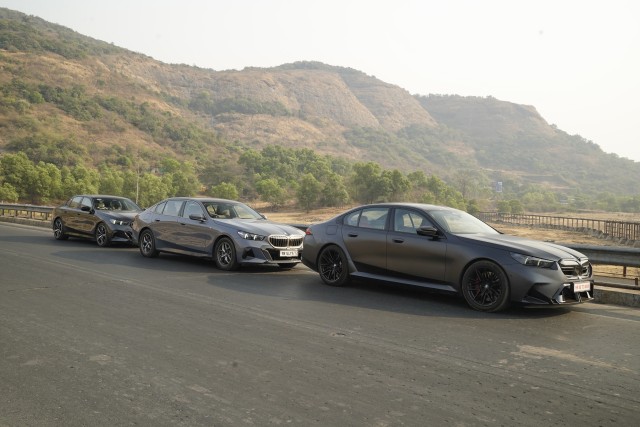

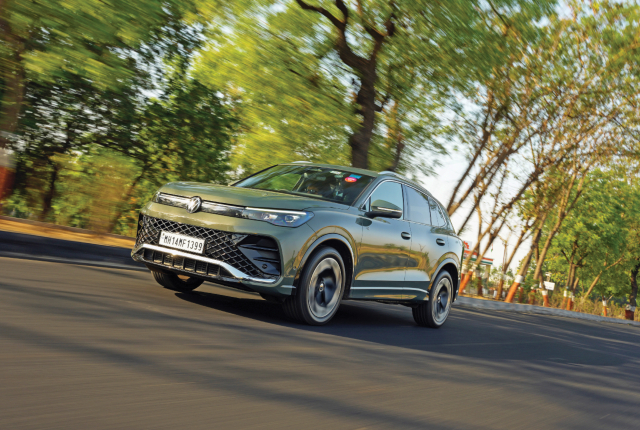
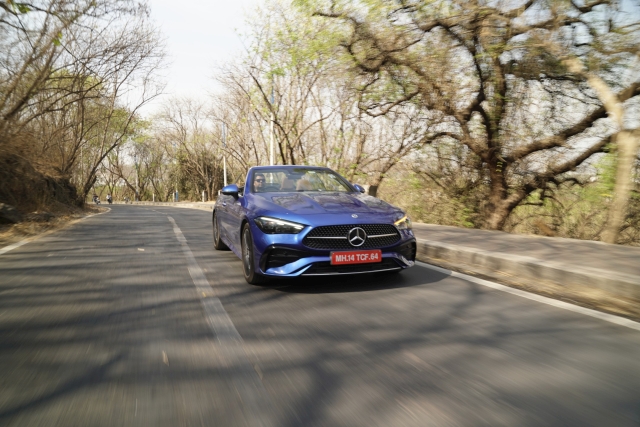

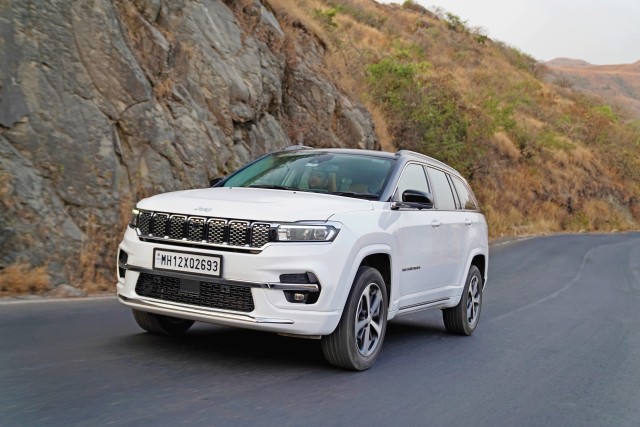
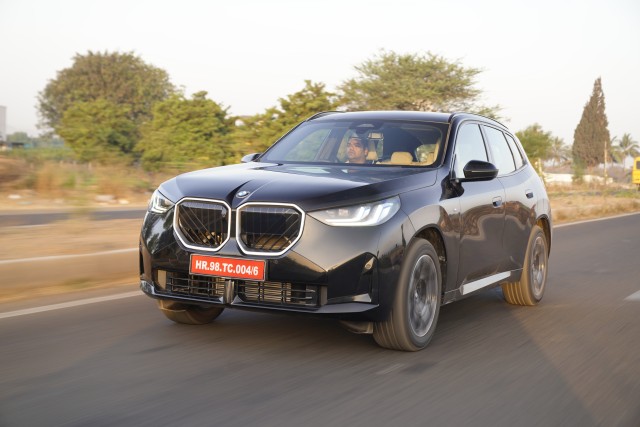
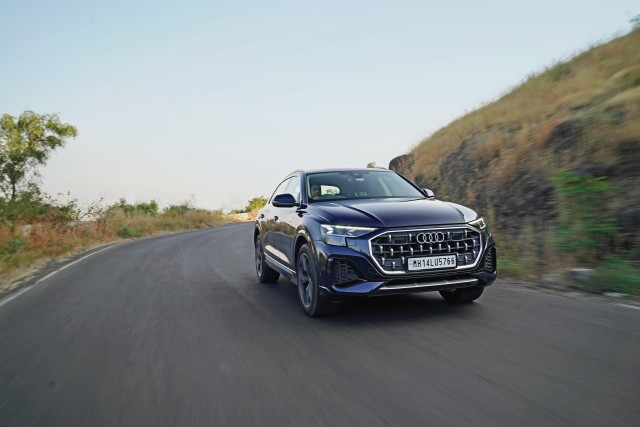

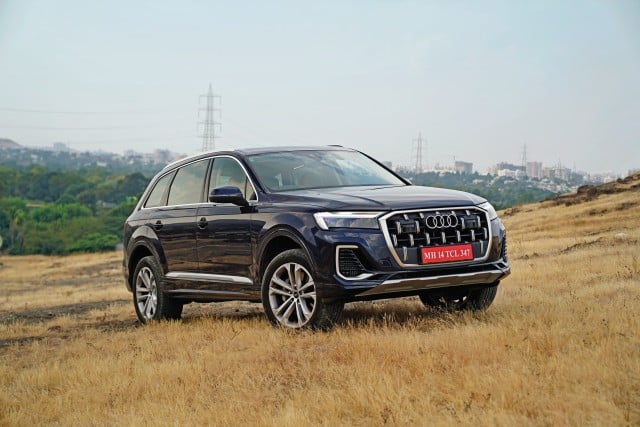
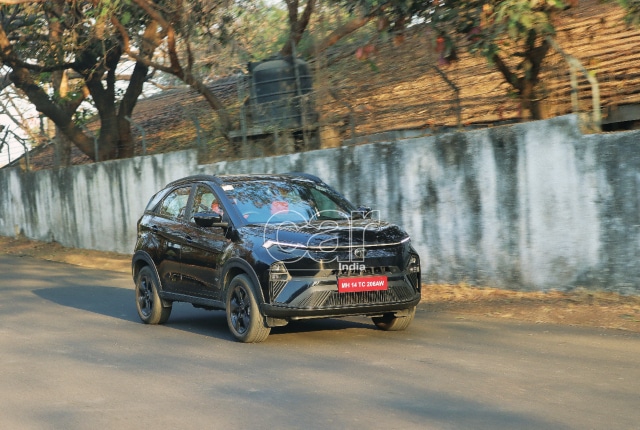



Leave a Reply